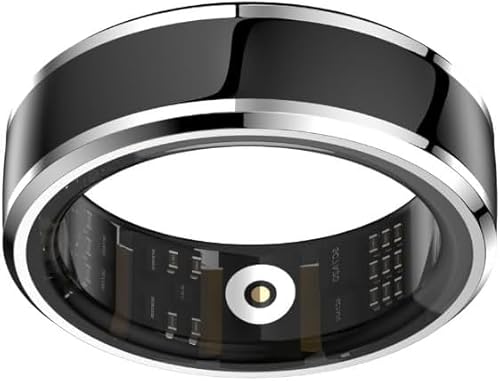Al is referring to the lack of conscientious cynicism in this thread. Generally, a valve this new gets a good hazing when someone brings it up. After all, this valve has no proven track record for longevity at all, including in clinical trials.
Six years is a very, very short test span for a valve without a functionally similar predecessor. I'm not certain what the requirements are for FDA approval, but, unless I am missing something, this is really abbreviated. The first implants for the valve's trials were at the end of 2001, and was eventually 400 patients. The results were apparently accepted based on patient-hours, rather than linear time.
Then again, if the FDA lets things in too quickly, they're accused of not testing them enough for patient safety, and if they delay submissions for more testing, they're accused of keeping wonderful, new, lifesaving products off the market, to the detriment of the patients. Can't win that one.
This valve is really a set of replacement leaflets, rather than a whole new structure, which is what allows it to take up less space. As of yet, I am leery of the claims, unless I am misunderstanding them. Apparently they remove the leaflets from the old valve, then place this into the annulus, in the shadow of the original cusp-retaining tissue. This leads to the statement that the patient doesn't lose any effective valve area. Their press release indicates a 0 mmHg (yes, zero) or 2 mmHg gradient in some cases. However, their official, FDA-approved gradient chart shows:
Size Mean Gradient
19 mm 3.10
21 mm 5.87
23 mm 5.89
25 mm 5.96
27 mm 4.00
29 mm 3.77
...lower than other valves, but not zero, or even 2.
But there are three suture patches that go in "downriver," and it's hard to see that they would not affect bloodflow or turbulence. The statement is that there is no stent, but those basically serve the function of the stent, and have palpable thickness and presence away from the base of the valve. How can they not interfere at all?
It seems likely that they do. In looking at the design, there should be a tug at the three "downriver" commissure pads sewn to the aortic wall with every cycle. My guess is that the restriction on bicuspid valves is aimed at the connective tissue disorders (that only sometimes go with it). The three points of tugging would be likely places for unintended detachment in an individual with developing myxomatous tissue problems, and might even foment the start of an aneurysm for some who have that proclivity. There also might be concern with the "single line of sutures" securing the base tearing away from weakened tissue in some congenital cases.
The fact that it's tubular is not new. The Toronto stentless porcine valve is tubular, as is the root-included Hancock and the Freestyle. It doesn't require replacing a section of aorta, though.
They do warn and disclaim about calcification. They currently show 99.7% freedom from structural failure after 60 months, but that is close to typical for 3rd generation tissue valves. They don't highlight (obviously) other points of failure.
We won't know for about 14 years how these stack up for longevity. They could be great. They might start failing next week or next year. At this point, I'd consider them experimental, personally. But a very interesting future possibility for non-bicuspid patients.
Best wishes,





















